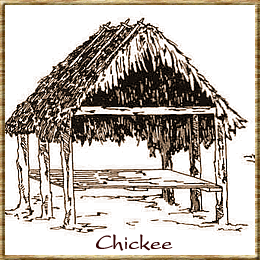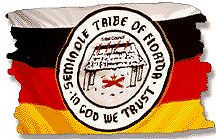Several times last autumn, the Florida Seminoles’ efforts to buy Hard Rock Cafe International Inc. hit a snag. Some tribal leaders balked at spending nearly a billion dollars for the hotel/restaurant/casino franchise; they didn’t want to hear advice from outsiders, such as Wall Street investment bankers, to go ahead with the deal. It was tribe’s general counsel, Jim Shore — the first Seminole to graduate from law school — who saved the day and the deal.
He oversaw the negotiations, worked with the bankers, and supervised the tribe’s outside lawyers. Then he soothed the leaders’ anxiety. For seven months he repeatedly called, visited or emailed the tribe’s five elected council members, answering their questions, easing their doubts, and sharing his vision for the Seminoles’ future. The leaders were “a little bit cautious because we’re talking big bucks here. They had to be satisfied with the numbers,” Shore says.
But in the end Shore and the Seminoles prevailed over 69 other bidders. On Dec. 7 the tribe announced that it had reached an agreement to buy the Hard Rock franchise for $965 million from the London-based Rank Group Plc. Rank’s shareholders approved the sale on Jan. 8, and the deal closed last March. The Seminole Indians gained control of the two Hard Rock casinos on Florida Seminole reservations, plus 124 Hard Rock Cafes in 45 countries, five hotels, two Hard Rock live performance venues, and the Hard Rock brand name.

